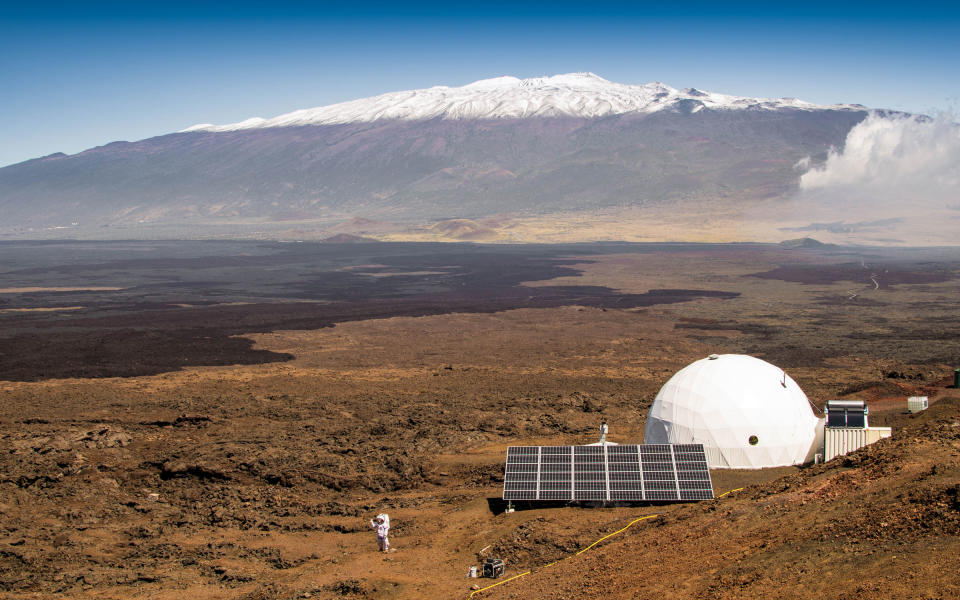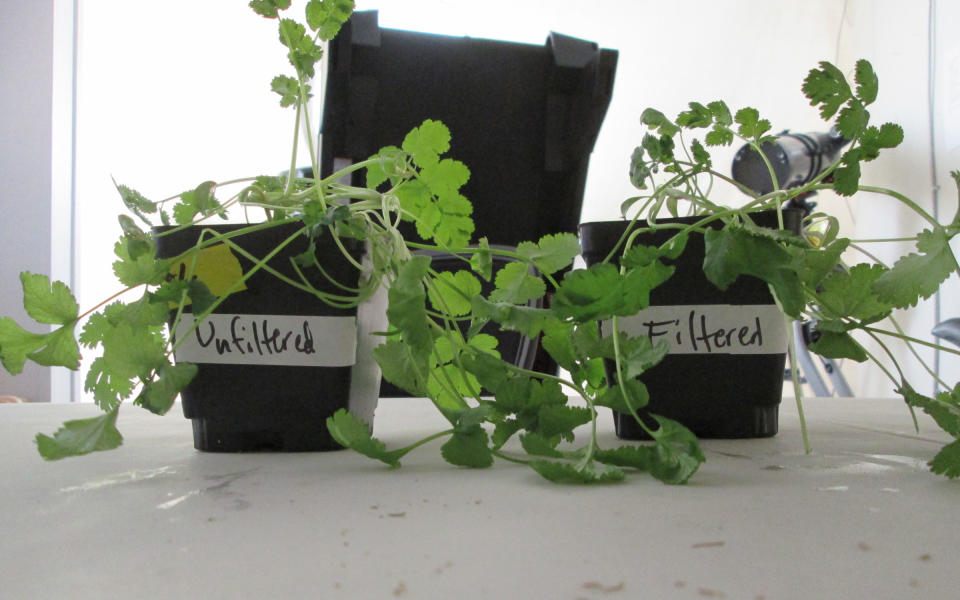What Life Was Like for Crew Members of the Year-long Mars Simulation
NASA’s longest Earth-based Mars simulation will be complete this Sunday.
Run by the University of Hawaii, the Hawaii Space Exploration Analog and Simulation—or HI-SEAS—will have lasted for one year, making it the second-longest project of its kind (after a 520-day mission that was conducted in Russia).
For the last year, the six crew members in the simulation have been housed in a dome in the remote habitat of Mauna Lao in Hawaii.
Thanks to its sparse vegetation and lack of archeological sites, Mauna Lao provides an ideal location for the simulation.

In addition, the location is accessible year-round, allowing HI-SEAS to conduct these longer-term isolation studies.
The six crew members were chosen from a group of volunteers that met the basic requirements of the NASA Astronaut Program, varying from physicists and engineers to NASA employees and graduate students earning a degree in architecture. They spend the year of near isolation in a habitat dome with common areas like a kitchen, dining room, bathroom and shower, lab and exercise room downstairs, and six staterooms and a half bath upstairs.
The conditions the crew members face—from the habitat they are in to the way they communicate—are all designed to reflect the conditions of planetary surface missions.
For this reason, crew members receive a NASA email address that comes with an inherent delay of 20 minutes to mimic what communication systems would be like from Mars. In addition, members have restricted access to the Internet, with roughly 40 minutes in delay for receiving information.
A team of around 40 volunteers serves as mission support, interacting with the crew through one-way communication. There are also members on staff 24/7 in the case of any emergencies.
The crew members' daily routines consist of food preparations using only shelf-stable ingredients and greens grown inside the dome, conducting geological field work and scientific research, exercising, and tracking resources.

When members leave the dome to conduct excursions, they are required to wear simulated space suits. Geology tasks the team conducts range from measuring the dimensions of a skylight to mapping flow units, collecting rock samples, and analyzing samples in the dome’s lab.
Crew members are allowed to bring media like music, television shows, and movies with them on their missions, and have the ability to share additional content through Dropbox.
The project aims to look at crew composition and cohesion over these long-term missions, which is why researchers from Purdue University have also been analyzing the stress levels of the members to see how stress can impact explorations on both Mars and on Earth. The stress studies are done through a wearable devices that track activity levels, resting heart rates, and sleeping patterns, as well as through biological samples and weekly questionnaires.
NASA has funded four HI-SEAS missions, starting with a four month mission that began in 2012 to this mission, which started in fall of last year.
Kim Binsted, principal investigator of HI-SEAS, told the Hawaii Tribune-Herald that the crew is “clamoring to get into the ocean” and “will enjoy having a beer” once they depart from the dome.
Talia Avakian is a digital reporter for Travel + Leisure. Follow her on Twitter at @TaliaAvak.

